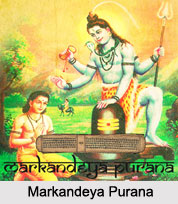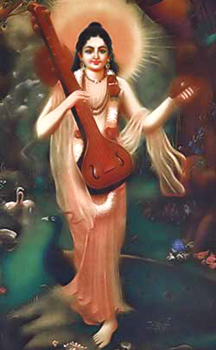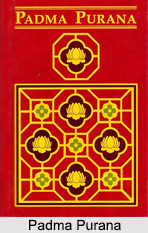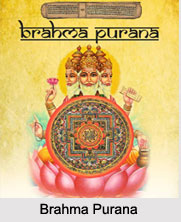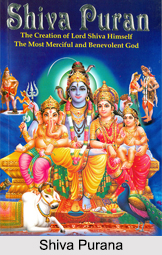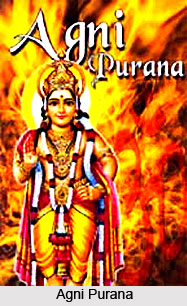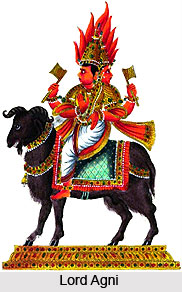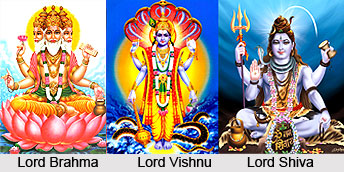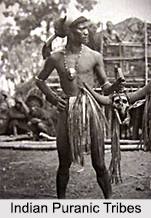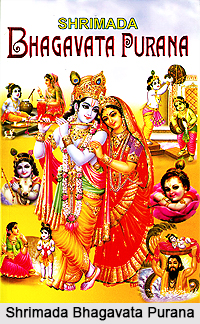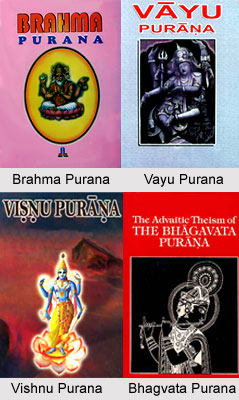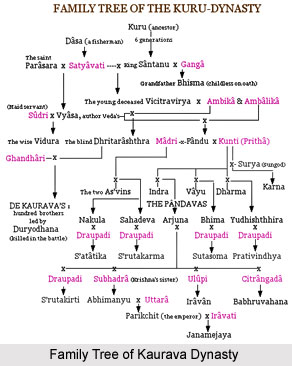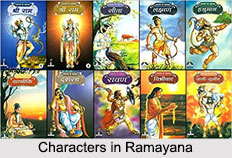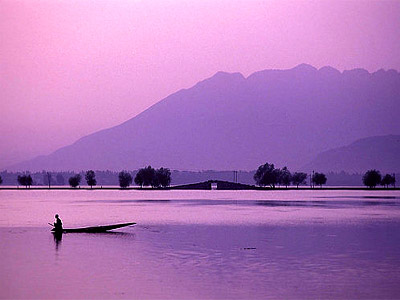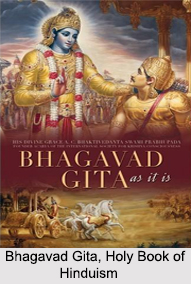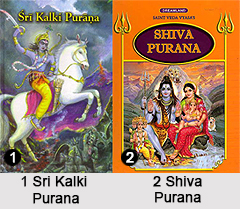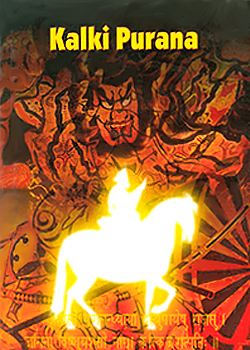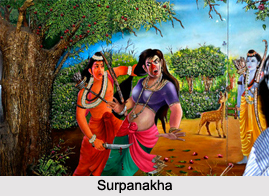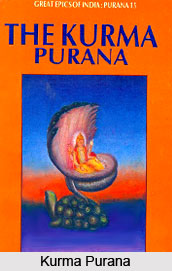 Kurma Purana is a compilation of the teachings imparted by Kurma (incarnation of Vishnu as a tortoise) while narrating the story of Indradyumna at Patala. Lord Vishnu had first preached this Purana to Narada. In his turn, Narad narrated it to Sutji who later narrated this Purana to an assembly of the great sages. Lomharshana recited the Kurma Purana to the assembled sages in the forest of Naimisharanya. The mode of narration of this Purana is the conversation between Lord Krishna and the Sun God (mentioned in Bhagavad Gita) and Danvantari. It is believed that if the book is to be given as gift along with a golden image of the tortoise it is auspicious.
Kurma Purana is a compilation of the teachings imparted by Kurma (incarnation of Vishnu as a tortoise) while narrating the story of Indradyumna at Patala. Lord Vishnu had first preached this Purana to Narada. In his turn, Narad narrated it to Sutji who later narrated this Purana to an assembly of the great sages. Lomharshana recited the Kurma Purana to the assembled sages in the forest of Naimisharanya. The mode of narration of this Purana is the conversation between Lord Krishna and the Sun God (mentioned in Bhagavad Gita) and Danvantari. It is believed that if the book is to be given as gift along with a golden image of the tortoise it is auspicious.
Content of Kurma Purana
The Kurma deals with the description of the seven islands and seven oceans and the churning of Amrita. Bharata is situated in the centre of all these islands and ocean and is popularly known as Jambudvipa. The story goes that the Devas were defeated by the Asuras and needed to churn out the Amrita, the nectar of immortality from the ocean in order to attain immortality. As a result they tricked the Asuras into helping them in this task promising to give them a share of Amrita. Mount Mandara was used to stir the ocean while churning the Amrita. As the ocean was churned the mountain was making a hole in the earth. Witnessing the upcoming destruction, Lord Vishnu himself assumed the form of a giant tortoise, Kurma, and bore the mountain on his back so that the churning can be continued. At that very time the he recited the Kurma Purana, which became the form of text of this Purana. Later that Kurma or tortoise assumed the form of a beautiful maiden named Mohini to prevent the demons or Asuras from imbibing Amrita. It also describes the Lakshmi Kalpa. Initially, this Purana had four parts, namely, Brahma Samhita, Bhagavad Samhita, Gauri Samhita and Vaishnavi Samhita. Presently, however, none of these Samhitas is available except Brahma Samhita. The Kurma Purana consists of 18,000 verses.
Thus like the other Puranas, the Kurma Purana also provides information on the omnipresence of God in all ages and it also provides an introduction to the different Yogas, which the individuals should perform as a mortal beings.

